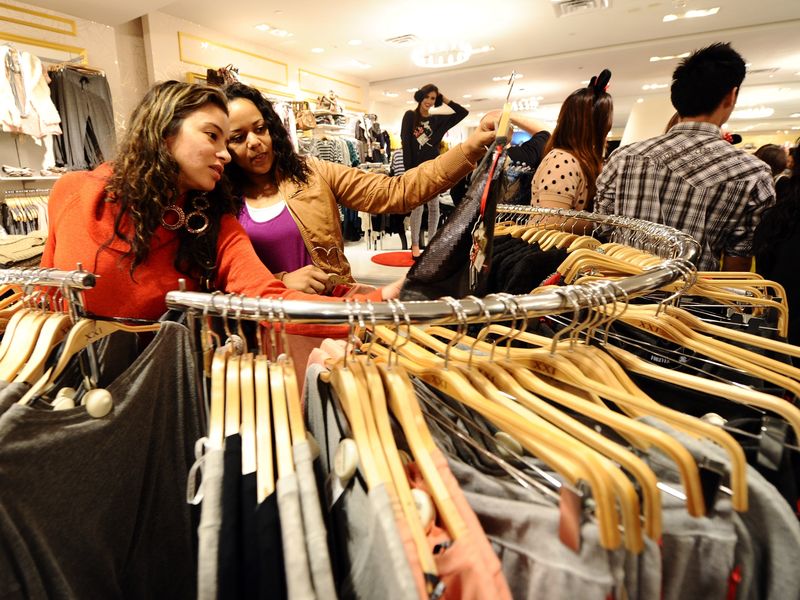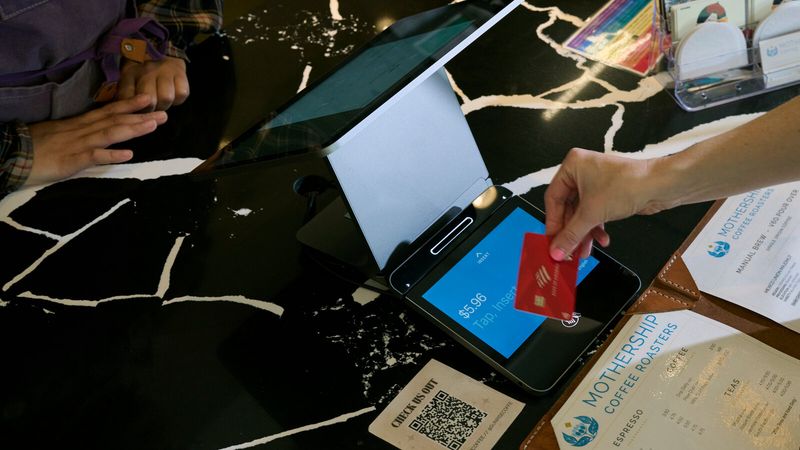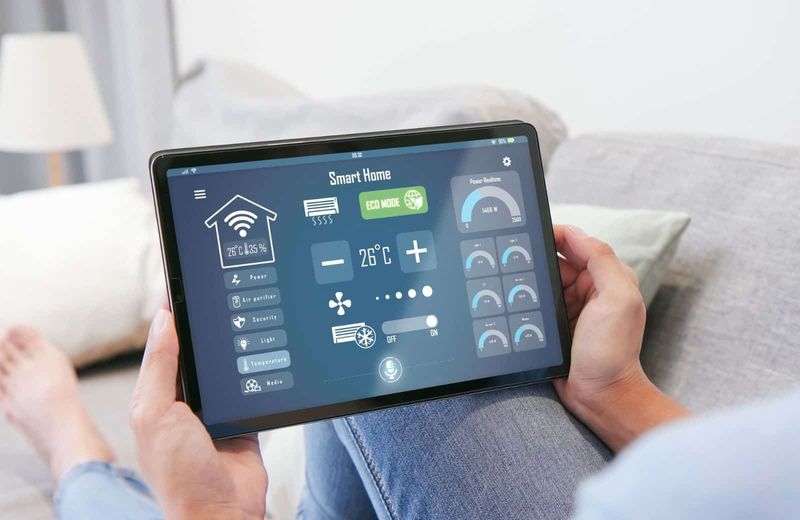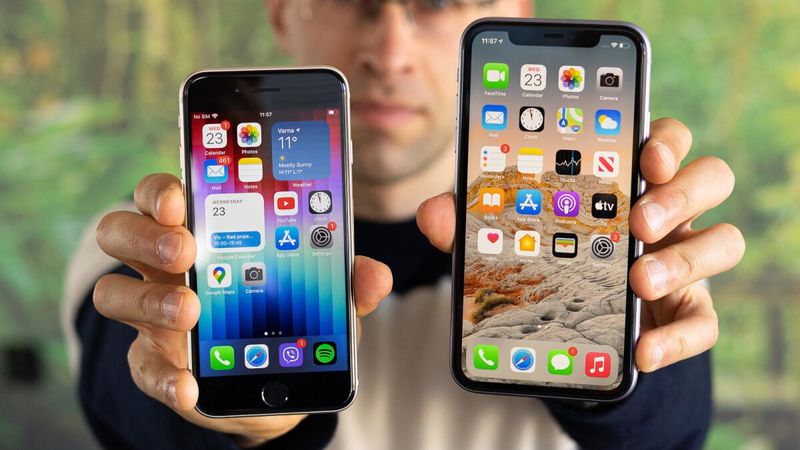13 Trends Boomers Didn’t Buy Into (And Might Have Been Right About)

Baby Boomers have witnessed countless trends sweep through society during their lifetimes. While they’ve embraced many changes, there are some modern movements they’ve resisted. Looking back, their skepticism might have been justified in several cases. These trends, initially dismissed as Boomer stubbornness, may actually reveal wisdom gained through decades of experience.
1. Fast Fashion Frenzy

Remember when clothes were built to last? Boomers grew up in an era when purchasing garments meant investing in quality that could withstand years of wear. Many refused to jump on the disposable clothing bandwagon.
Their resistance to cheap, trendy items that fall apart after a few washes now seems prescient. The environmental impact of fast fashion has become impossible to ignore, with millions of tons of textile waste filling landfills annually.
As younger generations now pivot toward sustainable and second-hand shopping, it appears Boomers were ahead of the curve in their preference for durable, timeless pieces over fleeting fashion statements.
2. Digital Payment Takeover

Cash might seem outdated to younger folks, but many Boomers cling to physical currency for good reason. Their hesitation about going fully digital with payments reflects legitimate concerns about privacy and financial security.
Recent data breaches affecting major banks and retailers have validated these worries. Cash transactions leave no digital footprint, can’t be hacked, and help with budgeting in a tangible way that apps sometimes can’t match.
While digital payments offer convenience, the Boomer preference for cash provides protection against identity theft and helps avoid the creeping surveillance that comes with every electronic transaction.
3. Social Media Obsession

Boomers approached social media platforms with caution when they first exploded onto the scene. Many still maintain minimal profiles or avoid these networks entirely, viewing constant online sharing as unnecessary and potentially harmful.
Studies now link excessive social media use to increased anxiety, depression, and diminished face-to-face social skills. The psychological impact of seeking validation through likes and follows has proven particularly damaging to younger users.
The Boomer generation’s preference for real-world connections over digital ones increasingly appears healthier as research continues to uncover the negative mental health effects of social media addiction.
4. Subscription Economy

Monthly subscriptions for everything from streaming services to meal kits have become the norm. Boomers often question this subscription-based lifestyle, preferring outright ownership over endless payments.
Their skepticism makes financial sense. The average American now spends hundreds monthly on subscriptions, often forgetting about unused services that continue to drain bank accounts. Boomers typically prefer buying music, movies, and software once rather than paying indefinitely.
This ownership-focused mindset saves money long-term and prevents the subscription fatigue affecting younger consumers who find themselves locked into countless monthly payments for services they rarely use.
5. Smart Home Gadgets

Voice-activated assistants and internet-connected appliances face significant resistance from the Boomer generation. Their wariness about filling homes with always-listening devices stems from valid privacy concerns.
Reports of smart speakers recording private conversations and security vulnerabilities in connected home systems have confirmed these suspicions. Many Boomers see limited benefit in trading privacy for the convenience of voice-controlled lights or remotely adjustable thermostats.
As smart home security breaches continue making headlines, the Boomer preference for traditional, non-connected appliances offers protection from digital intrusions that younger tech enthusiasts might overlook.
6. Constant Job-Hopping

Career loyalty looks different across generations. Boomers often view frequent job changes with skepticism, having built careers at one or two companies where they climbed the ladder over decades.
While modern workers change employers every few years, the Boomer approach offered advantages we’re rediscovering. Long-term employment typically provided better pension benefits, deeper professional relationships, and institutional knowledge that job-hoppers miss.
Companies now struggle with high turnover costs and knowledge gaps as experienced employees depart. Some businesses are returning to retention-focused models that Boomers would recognize, suggesting their career stability wasn’t just outdated thinking.
7. Paperless Everything

The push to eliminate paper from our lives met resistance from Boomers who prefer physical documents for important records. Their insistence on keeping paper copies of bills, receipts, and correspondence isn’t mere technophobia.
Digital records can disappear during system crashes, account lockouts, or company bankruptcies. Paper documents remain accessible without passwords, subscriptions, or functioning electronics, providing security during power outages or technical failures.
As digital preservation issues emerge and some online services shut down without warning, the Boomer habit of maintaining physical paper trails offers a reliable backup that purely digital record-keeping cannot match.
8. Dating App Culture

Swiping right hasn’t won over many Boomers, who often express concern about modern dating apps. Their preference for meeting potential partners through friends, community activities, or shared interests reflects values of deeper connection.
Research suggests they might be onto something. Dating app users report higher rates of dishonesty, superficial connections, and dating fatigue compared to traditional meeting methods. The emphasis on quick judgments based on photos runs counter to building lasting relationships.
As younger generations experience dating app burnout, many are rediscovering the Boomer approach of meeting people through social circles and shared activities where personalities shine beyond profile pictures.
9. Open Office Layouts

Cubicles and private offices disappeared as open-concept workspaces took over corporate America. Boomers often resisted this change, preferring defined workspaces that provided privacy and reduced distractions.
Time has vindicated their concerns. Studies now show open offices decrease productivity, increase stress, and contribute to higher absenteeism. The constant noise and visual distractions make focused work nearly impossible for many employees.
Post-pandemic workplace redesigns increasingly incorporate private spaces and noise barriers, essentially returning to elements of the office designs Boomers defended. Their preference for work environments that support concentration rather than forced collaboration now seems ahead of its time.
10. Constant Device Upgrades

Rather than replacing gadgets every year or two, Boomers usually use their electronics until they finally break, which may annoy tech makers but is practical for saving money and reducing waste.
The incremental improvements between device generations rarely justify the expense or environmental impact of constant replacements. Manufacturing new electronics requires significant resources and creates e-waste that often ends up in landfills.
As right-to-repair movements gain momentum and consumers question the sustainability of rapid replacement cycles, the Boomer tendency to use devices for their full lifespan represents a more responsible approach to technology consumption.
11. Self-Checkout Takeover

Many Boomers resist self-checkout lanes, preferring human cashiers despite the potential for longer lines. This preference isn’t just about technology comfort—it reflects deeper concerns about employment and community.
Self-checkout systems eliminate jobs that historically provided entry-level opportunities. The human interaction during checkout also serves a social purpose, especially for older or isolated individuals who benefit from these brief connections.
As research emerges about the negative impacts of reduced human interaction on mental health, the Boomer preference for cashier-staffed checkout lanes represents a vote for both employment preservation and maintaining social fabric in communities.
12. Minimalist Design Aesthetic

Stark white walls, empty surfaces, and absence of decoration define modern minimalist design. Boomers generally prefer homes filled with personal mementos, family photos, and collected treasures that tell their life stories.
Psychological research supports this approach. Surroundings rich with personal meaning provide comfort and reinforce identity, particularly important as people age. The sterile minimalism popular in design magazines often creates spaces that look good in photos but lack warmth.
As younger generations experience the emotional emptiness of impersonal spaces, many are rediscovering the value of surrounding themselves with meaningful objects—embracing the Boomer aesthetic that prioritizes personal connection over design trends.
13. Constant Availability Culture

Boomers typically maintain clearer boundaries between work and personal life, often refusing to check emails after hours or take calls during family time. Their resistance to 24/7 availability once seemed outdated in our always-connected world.
Research now confirms their approach promotes better mental health and prevents burnout. The expectation of constant availability has contributed to rising workplace stress, anxiety, and decreased job satisfaction among younger workers.
Companies increasingly implement policies limiting after-hours communication, essentially validating the Boomer approach. Their insistence on protecting personal time from professional intrusion represents a healthier relationship with work that newer generations are struggling to reclaim.

Comments
Loading…